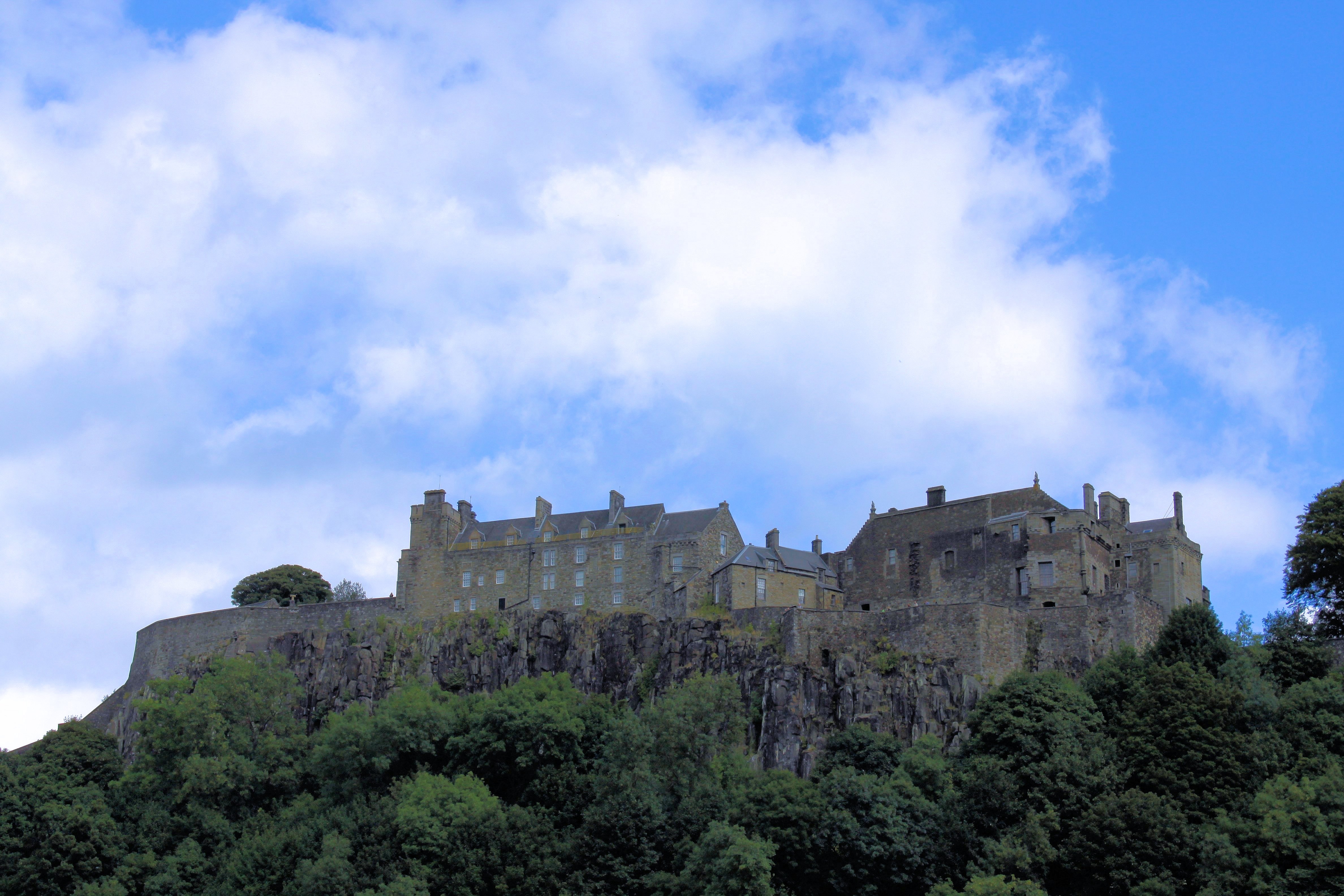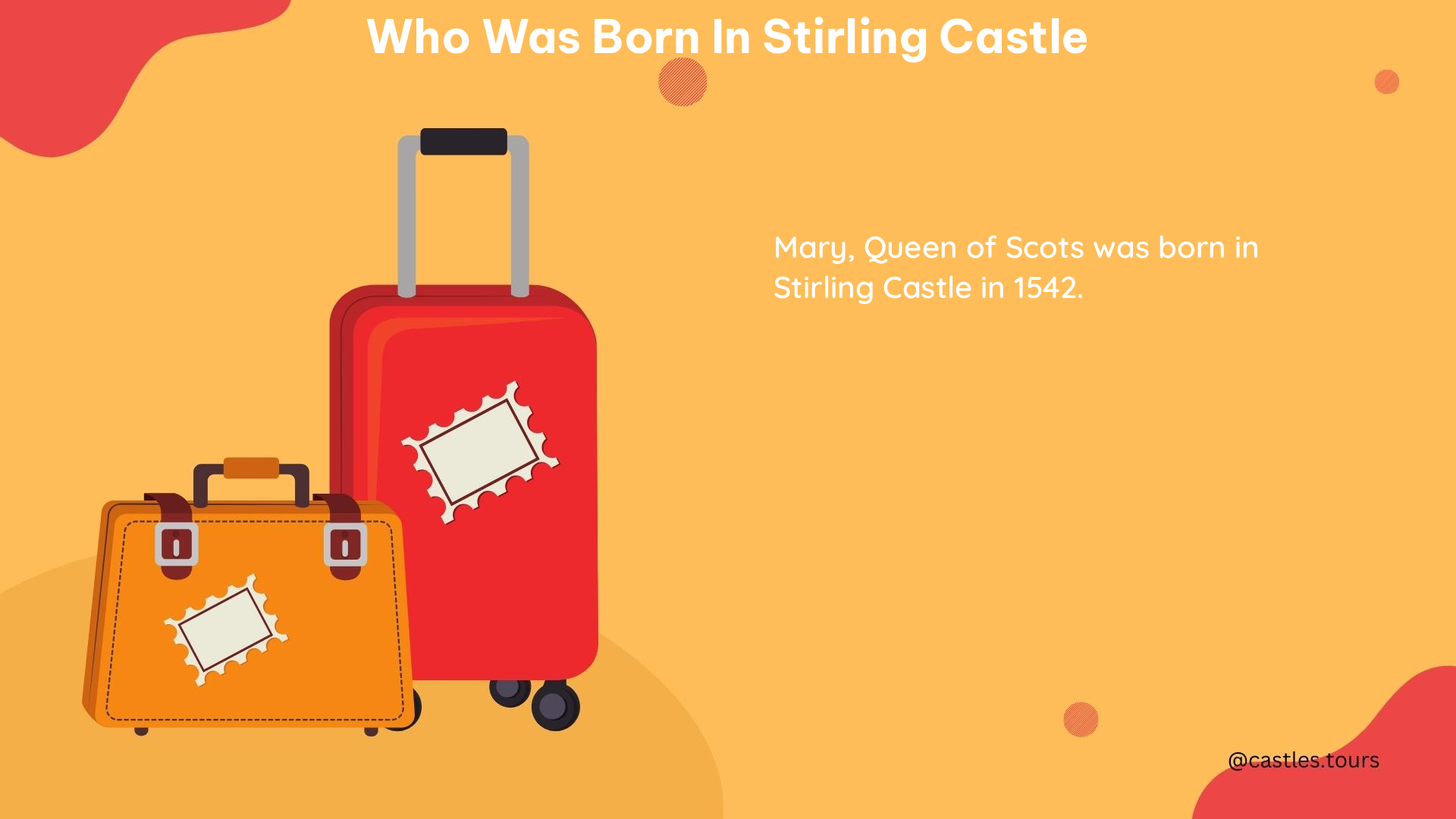Stirling Castle, one of Scotland’s most iconic and historically significant castles, has been the birthplace of several notable Scottish monarchs and historical figures. From kings and princes to princesses, this grand fortress has witnessed the arrival of some of Scotland’s most influential personalities.
The Royals Born at Stirling Castle

James III of Scotland (r. 1460-1488)
James III, the King of Scots from 1460 to 1488, was born at Stirling Castle in May 1452. He was the son of James II and Mary of Guelders, and his birth within the castle walls cemented its status as a royal residence and a place of great importance in Scottish history.
Henry, Prince of Scotland (1594-1612)
Henry, Prince of Scotland, was the last Stuart Prince to be raised at Stirling Castle. Born in 1594 to James VI of Scotland and Anne of Denmark, Henry’s birth at the castle further solidified its role as a center of power and influence in the Scottish monarchy.
Robert, Son of James V (1540-1541)
Another royal birth at Stirling Castle was that of Robert, the son of James V and Mary of Guise. Born at the castle in 1540, the young prince sadly passed away in infancy, just a year after his birth.
Daughter of Mary of Guelders (1450)
In 1450, Stirling Castle witnessed the birth of a daughter to Mary of Guelders, the wife of James II. Tragically, the princess was born prematurely and died shortly after her arrival.
The Significance of Stirling Castle

These royal births at Stirling Castle highlight the castle’s importance as a royal residence and a place of great historical significance in Scotland. The castle’s strategic location, perched atop a volcanic crag, made it an ideal stronghold and a symbol of Scottish power and sovereignty.
Throughout its history, Stirling Castle has played a crucial role in the country’s political and military affairs. It has been the site of numerous battles, sieges, and coronations, and has served as a refuge for Scottish monarchs during times of turmoil.
The castle’s architectural features, including its impressive Great Hall, Chapel Royal, and the iconic Renaissance-style Palace, further contribute to its cultural and historical significance. These structures, built and renovated over the centuries, reflect the changing tastes and styles of the Scottish monarchy.
Exploring Stirling Castle
Today, Stirling Castle is a popular tourist destination, attracting visitors from around the world who come to explore its rich history and stunning architecture. Visitors can wander through the castle’s various chambers and halls, learning about the lives and legacies of the royals who once called it home.
One of the highlights of a visit to Stirling Castle is the opportunity to see the Stirling Heads, a collection of ornately carved oak medallions that once adorned the ceiling of the castle’s Royal Palace. These intricate carvings depict the likenesses of Scottish monarchs, classical figures, and mythological creatures, providing a glimpse into the artistic and cultural traditions of the time.
Another must-see attraction is the castle’s Great Hall, a grand and imposing structure that was once the setting for royal banquets and ceremonies. Visitors can imagine the grandeur and pageantry that would have filled the hall during the reigns of the Scottish kings and queens.
Conclusion
Stirling Castle’s history as the birthplace of several notable Scottish monarchs and historical figures is a testament to its enduring significance in the country’s history. From the births of kings and princes to the tragic passing of a young princess, this iconic castle has witnessed some of the most pivotal moments in Scotland’s past.
Today, Stirling Castle stands as a symbol of Scotland’s rich heritage, inviting visitors to step back in time and explore the lives and legacies of the royals who once called it home.
Reference:
– Stirling Castle – Historic Environment Scotland
– Stirling Castle – VisitScotland
– Stirling Castle – Wikipedia
